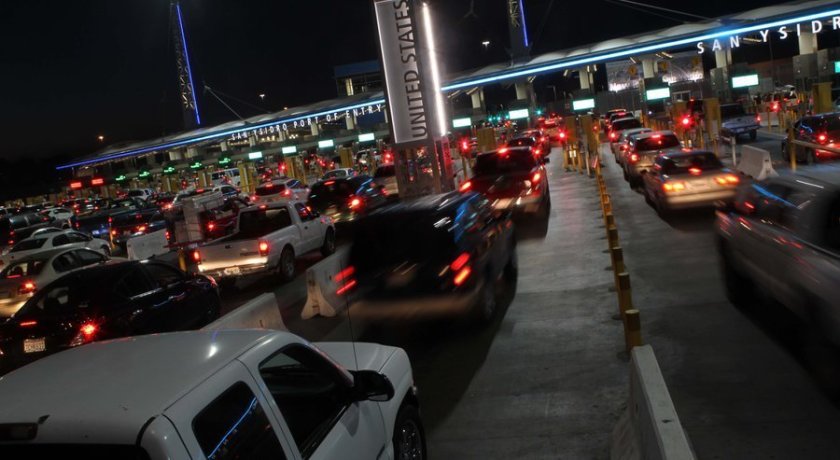All U.S. Inbound Vehicles to be Scanned at POEs

MEXICO – Every vehicle, truck, and freight train that crosses into the U.S. from Mexico or Canada will soon be inspected at the ports of entry using X-ray technology.
Under the Securing America’s Ports Act (H.R.5273), U.S. Department of Homeland Security (DHS) will develop and implement “a plan to expeditiously scan all commercial and passenger vehicles entering the United States at a land port of entry using large-scale non-intrusive inspection systems, such as X-ray and gamma-ray imaging systems, or similar technology,” according to a summary of the bill published by Congress.
The legislation calls for DHS to report to Congress the status of such systems currently in use, the estimated costs of upgrading those systems to reach a 100% scan rate, and the anticipated impact on wait times for vehicles crossing the northern and southern borders. DHS has 180 days from the signing of the law to submit its report to Congress. The law was signed on January 5, 2021.
According to a U.S. Customs and Border Protection (CBP) report, about 15% of commercial cargo and 1% of personal vehicles entering through land ports are scanned, mostly at the U.S.- Mexico border. Under the new law, DHS is required to report complete and up-to-date scanning figures in its plan to Congress.
The challenge for CBP will be to balance the scanning requirements with the need to keep cars and cargo moving efficiently across the border, the agency informed.
Cargo trucks use 20 of the 26 US-Mexico border crossings, and there are 88 dedicated freight lanes on the Southwest border. A nonintrusive inspection (NII) of a cargo container at a sea port takes approximately 8 minutes, compared with an average of 120 minutes for a physical inspection.
Any increase in the number of vehicles scanned, unless accompanied by technology or process enhancements that increase the efficiency of those operations, will result in an increase in wait times at the border.
The U.S.-Mexico border has suffered from chronic congestion, particularly when heightened traffic coincides with disruptive events, such as in early 2019, when DHS reallocated CBP personnel normally tasked with inspecting freight to immigration duties at the same time former President Trump was threatening to close the border completely. The combination of more freight being pushed through cross-border entry ports and a 30 to 40% reduction in screening capabilities sent wait times soaring, costing shippers millions of dollars a day, according to reports at the time.